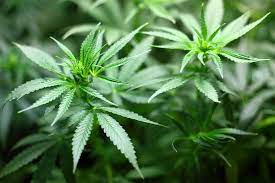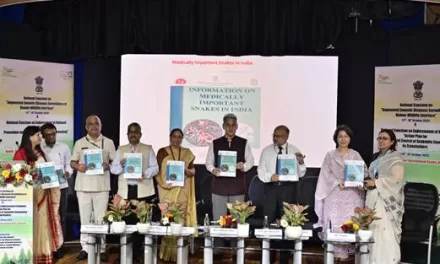A recent analysis published in the journal Addiction reveals that more people in the U.S. now use marijuana nearly every day compared to those who consume alcohol daily or most days of the week. The study, conducted by Jonathan Caulkins, PhD, a cannabis policy researcher and professor at Carnegie Mellon University, utilized survey data spanning back to 1979, the first year marijuana use was included in the National Survey on Drug Use and Health.
According to the study, both daily or near-daily marijuana and alcohol use have increased over the past 30 years, but the rise in marijuana use has been significantly more pronounced. In 2022, 17.7 million people reported using marijuana between 25 to 30 days per month, a dramatic increase from the 900,000 daily or near-daily users recorded in 1992. In comparison, 14.7 million people reported daily or near-daily alcohol use in 2022, up from 8.9 million in 1992.
The survey also revealed that more than 1 in 5 people aged 12 and older in the U.S. had used marijuana at least once in the past year. Recreational marijuana is now legal in about half of U.S. states, reflecting its growing acceptance and widespread use.
“The headline finding is that cannabis use is way up,” Caulkins said in a podcast accompanying his paper. He emphasized that it is crucial to look beyond just the number of people who use marijuana, as the intensity of use has seen a significant rise.
“When we only monitor prevalence (the number of people who report using in the past month or the past year), we’re missing more than half of the story … the really big increase has been the shift towards greater intensity of use,” Caulkins explained. Future research should consider how many times per day individuals use marijuana, as usage patterns vary widely.
“There are people who use every day but only use once a day, and there are people who use every day but use six times a day,” Caulkins noted. He pointed out that marijuana’s role in society has evolved, with current perceptions and usage patterns differing among various groups.
“Back in 1992, it was essentially a recreational or party drug, sort of a weekend activity, and now it has morphed into something that is part of the daily routine for about 40% of its current users,” Caulkins said. He highlighted the diverse views on marijuana, ranging from its use as a medicine to being part of a holistic lifestyle akin to a nutraceutical.
Caulkins also drew attention to the issue of marijuana addiction, stating that an estimated 3 in 10 users meet the criteria for marijuana use disorder. “But for all of those people, it’s essentially a part of their daily life, not a part of their social or recreational life,” he added.
Looking forward, Caulkins suggested that future research should move beyond user survey data, which can be biased and prone to under-reporting. Instead, he proposed examining the broader societal impacts of marijuana use by considering the perspectives of non-users and how they are affected by others’ marijuana consumption.











